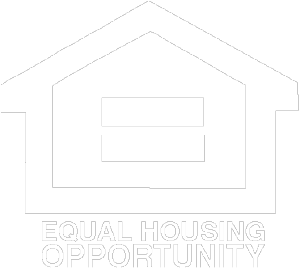What is an Assumable Loan?
And Where Can I Find One
With the return of normal interest rates over the past couple of years, this question seems to come up often. “I’ve heard about an assumable loan, can I get one?” Or, “Can you ask the seller if their loan is assumable? I think I could afford their house if it was.” And many more variations. This article’s goal is to cover WHAT an assumable loan is. WHO has them or can get them. And HOW you can benefit from them.
The Basics
An assumable loan means that the mortgage on a property can be assumed in its entirety by another owner. This means if someone wanted to sell a home with a 3% interest rate and an assumable loan, you could simply take over the loan at that rate and pay them the rest another way. This keeps the loan payment the same low rate for the buyer and the seller will get paid their equity at the end. Win-win.
Generally, 4 loan types exist that are assumable. FHA, VA, USDA, and a limited number of NDHFA Conventional loans*. If someone has these types of mortgages on their house, they could market their home with an “assumable” loan. A buyer who would like to save 20% or more on their monthly payment would simply have to qualify and come up with the difference between the sale price and the loan amount.
Except…
The Reality
In theory, this would be a great boon to seller and buyer. The seller could get over market price and the buyer would still save money on the monthly payment for the house paying more than his competition. As interest rates rose to more natural levels, many homeowners, buyers and Realtors expected assumable loans to be the hottest thing out there. That was not the case. Here is where the cracks start in this dream.
The Requirements
To assume a loan, the new buyer has to qualify for the loan all over again. This means they must hit the minimum credit threshold, debt-to-income ratio, employment verification requirements, down-payment requirements and pay the ‘assumption fees’ or ‘loan transfer’ fees. These are the normal requirements for anyone getting a mortgage. Just don’t think because the loan already exists, anyone can step in and buy it.
Additional Stipulations
Many of these loans are designed to help first time home buyers who typically purchase in a lower price range. Because of this, an additional requirement that buyers/sellers have to consider is if the mortgage program has an income MAXIMUM. For NDHFA loans, there are total income limits that won’t let you use these loans if you make too much money. The loan programs are designed to assist those who need a little help getting into their first home. They do not want investors buying up their subsidized loans for profit.
To see the income limits for NDHFA loans, check out this website HERE. As our market gets more competitive in the first time home buyer range, the loans are designed to help give lower income families and people a chance. That is why they are limited.
VA loans are assumable by anyone regardless if they served or not. An additional issue with assuming a VA loan concerns the seller’s VA Eligibility. If a non-veteran buyer assumes a VA mortgage, that seller does not get their eligibility back for that amount. I can get super technical but for a simple example: a veteran has $600,000 of eligibility and they bought a $400,000 house, they would only have $200,000 of eligibility left. If they sold that home with the assumable mortgage, they would only have $200,000 to go purchase another home.
The math involved is slightly more complicated so refer to my VA Loan blog or research further. VA loans are my favorite loans out there in the secondary market world but that’s for another article.
The Biggest Hurdle
It’s not finding an assumable loan that’s actually the hard part. It’s coming up with the remainder that stops most mortgage assumptions in their tracks. The reason? Most people can’t come up with the cash down or more to bridge the gap between today’s price and the remaining balance on the mortgage.
For example, let’s say Seller A paid $300,000 for their house in 2021. They put 5% down so their loan amount was $285,000. To keep the math simple, if their interest rate is 3% and they only made the minimum payment, they would have a balance of $260,000 four years later. Since 2021, the house’s value has gone from $300,000 to $380,000. If you want to assume their loan and keep that super low interest rate, you need to bring $120,000 cash.
If you have the cash, excellent!! Now just hope it wasn’t a NDHFA loan with income caps or you don’t qualify for the loan type.
For most people, they do not have the cash to cover that gap. They assume they could borrow against that difference with a Home Equity Line of Credit or HELOC. The max I have ever seen is 90% of the current value. That means the most you could get on a second loan is 90% of $380,000 or $342,000. That means the buyer still has to bring $38,000 cash to the closing.
The real hurdle in that example is they would need to find a lender WILLING to originate that secondary loan. Most lenders want their loan to be the only loan on the property. If there is going to be a HELOC, the owner already owns the property and has proven their stability. With no proof of payment, then the second loan becomes very risky for them.
Your Mission
To truly maximize an assumable loan, you will need a team.
Find the original lender to see if you will qualify for the original loan.
Find out if you have the funds to pay cash OR if lender #1 will give you a HELOC or find lender #2 who can.
Work with an amazing agent who can help hunt down the lenders and investors
Have funds for the assumption fees or charges
If you can assume a loan, in today’s market, you’d be saving about 13% off the interest portion of the payment per 1% lower rate. If you can go from a 6% mortgage to a 4% mortgage, you will save a little over 26% on your monthly interest portion of your mortgage payment. It may be worth it, it may not. There’s a lot of phone calls and red tape to get through. If you can pull it off, you will save thousands.
Thanks for reading,
Bill Dean

 Facebook
Facebook
 X
X
 Pinterest
Pinterest
 Copy Link
Copy Link







